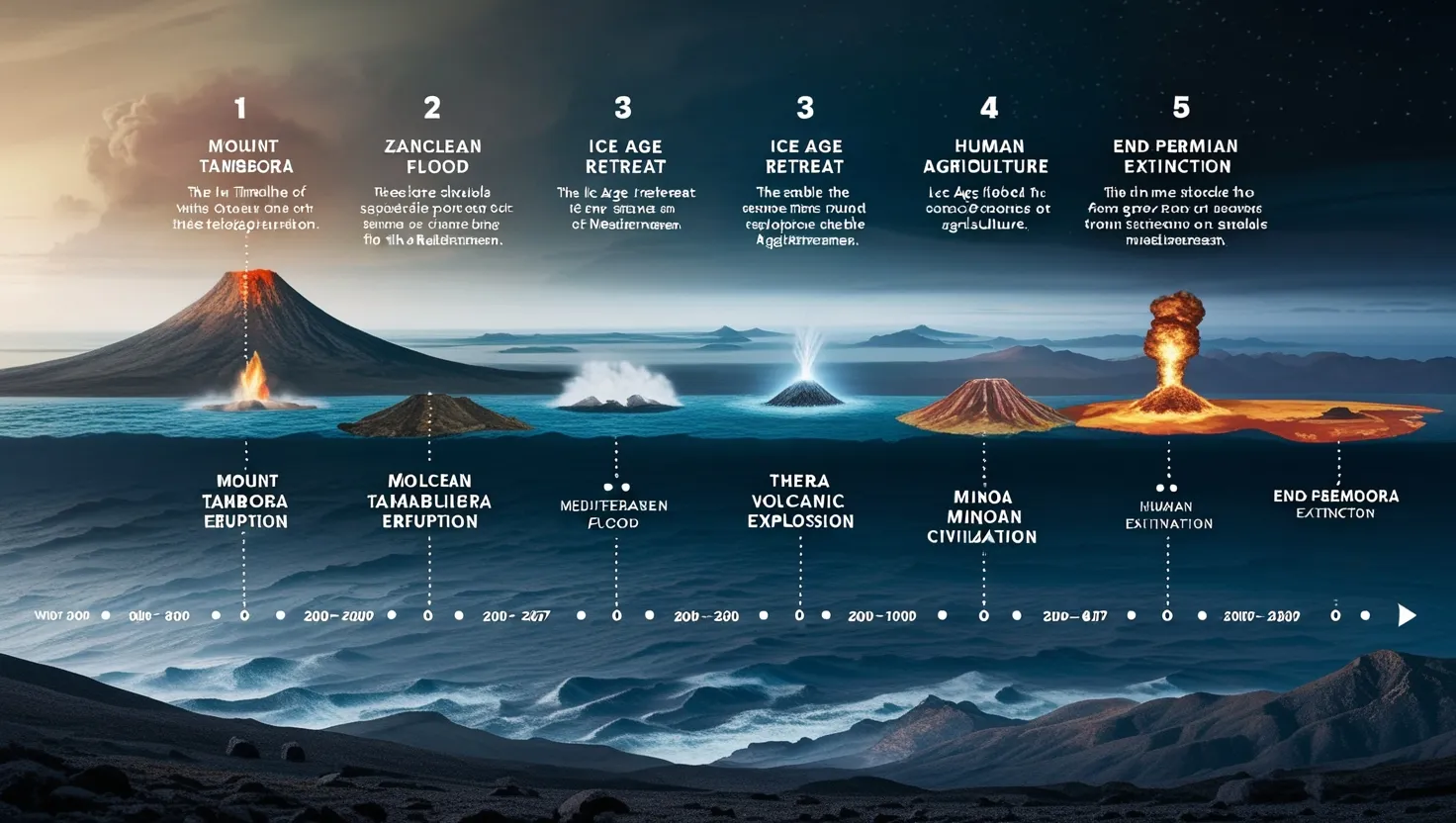Breaking news: “Thief swipes town housing the world’s largest chocolate bunny.” Wait, did the thief steal the bunny, or is it the town that’s home to this sweet spectacle? This confusion stems from a misplaced modifier, a common grammatical hiccup that can really twist the meaning of a sentence. Trust me, weird headlines like this aren’t rare.
Modifiers are your sentence-enhancing pals, adding juicy details that clarify the picture. But sometimes, these modifiers don’t stick to their intended word, leading to funny but unclear sentences. Look at our headline again. The phrase “with world’s largest chocolate bunny” is cozying up to the wrong word, making it sound like the thief had a ginormous chocolate sidekick. A quick fix? Rephrase it: “Town with world’s largest chocolate bunny robbed by thief.” Now we know the bunny is part of the town, not the heist.
Sometimes, your modifiers might feel like they’re floating in space, connecting to nothing at all. This is called a dangling modifier. Like this: “Having robbed the bank in record time, it was possible to make off with the town’s chocolate rabbit as well.” Who’s the quick thief here? The sentence doesn’t tell us. We need to anchor that modifier to its subject to clear things up.
Then we’ve got what you call squinting modifiers. These guys are squashed between two elements, making it unclear which one they modify. They’re often adverbs. For example: “Robbers who steal chocolate bunnies rapidly attract the outrage of onlookers.” Is the stealing rapid, or is the public outrage swift? To clarify, we can shift the modifier closer to its intended word or rephrase the whole sentence. So, we get: “Chocolate bunny-thieving robbers rapidly attract the outrage of onlookers.”
While justice might be sweet, like hunting down a chocolate thief, our job is to keep our sentences clear and free of ambiguity. By making sure modifiers stick to their rightful words, we maintain grammatical clarity.






